Introduction
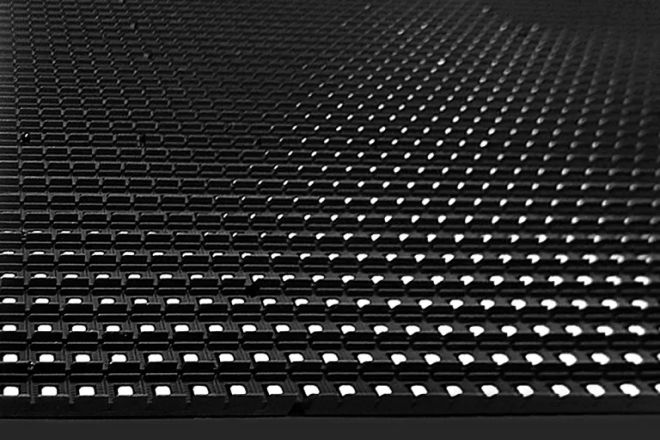
The LED display is favored by the majority of users because of its advantages of high brightness, high contrast, long life, and low energy consumption.
In the composition of the LED display, the lamp beads, as one of its core components, have a direct impact on the display effect and service life of the entire display screen. Therefore, how to choose the lamp beads for the LED display has become a topic worth discussing.
This article will tell you how to buy lamp beads.
1. Common LED lamp bead brands on the market
As the core component of the LED display, brand selection is crucial to the quality and performance of the entire display. At present, there are many brands in the LED lamp bead market, each of which has its own unique characteristics and market share. Next, we will introduce some well-known LED lamp bead brands and their market share.
First of all, we have to mention internationally renowned brands, such as Philips, OSRAM, and Samsung. With their profound technology accumulation, high-quality products, and perfect after-sales service, these brands occupy an important position in the global LED lamp bead market.
Their products are widely used in various fields, including business, entertainment, sports, etc., and are deeply loved by users. Philips has won wide praise for its innovative technology and excellent quality, OSRAM has won praise from users for its high efficiency and stability, and Samsung has occupied a place in the market for its leading technology and extensive product lines.
In addition to international brands, some domestic LED bead brands have also made remarkable progress. For example, Leishi Lighting, Sanxiong Aurora, and Foshan Lighting.
These brands occupy a large share of the domestic market and have won the trust of users through continuous technological innovation and quality improvement.
Their products are not only cost-effective but also meet the needs of different users, so they are highly competitive in the market.
Of course, in addition to the brands mentioned above, there are many other excellent LED lamp bead brands on the market. These brands have their characteristics.
Some focus on the high-end market, while others are committed to providing cost-effective products. Their existence has enriched the choice of LED lamp beads in the market and promoted the development of the whole industry.
In terms of market share, due to fierce market competition, the market share of brands will continue to change. But in general, well-known brands can often occupy a large market share due to their technical advantages and brand effects. At the same time, with the rise of domestic brands and users’ pursuit of cost performance, the market share of domestic brands is also gradually increasing.
It should be noted that market share is not the only measure of brand value. When choosing the LED lamp bead brand, users also need to consider multiple factors such as product quality, performance, price, and after-sales service. Only by choosing the right brand and product can you ensure the stable operation and long-term benefits of the LED display.
2. What different types of lamp beads are available?
When choosing LED lamp beads, you will find that there are many different types of lamp beads on the market, and each lamp bead has its own unique characteristics and applicable scenarios. The following are some common types of LED lamp beads:
- First of all, let’s talk about the plug-in LED beads:
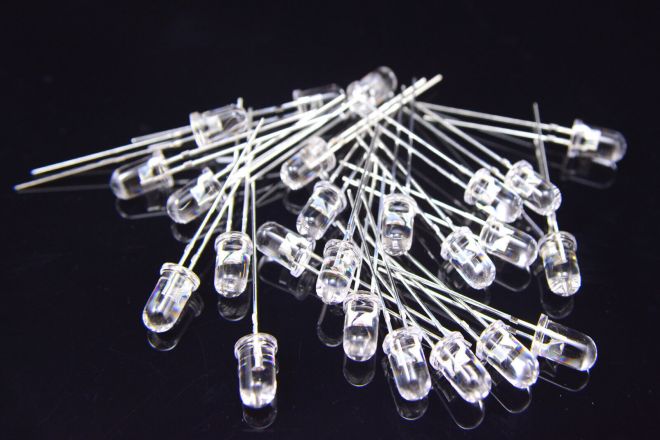
This kind of lamp bead is the earliest and most common type. It is shaped like a small stick, which can be directly inserted into the circuit board for use. It has many sizes, such as 3mm, 5mm, 8mm, 10mm, etc. This kind of lamp bead is usually used to display screens, decorative lights, prompt lights, and other places because it is very simple and convenient to install.
- Next, let’s take a look at the SMD LED lamp beads:
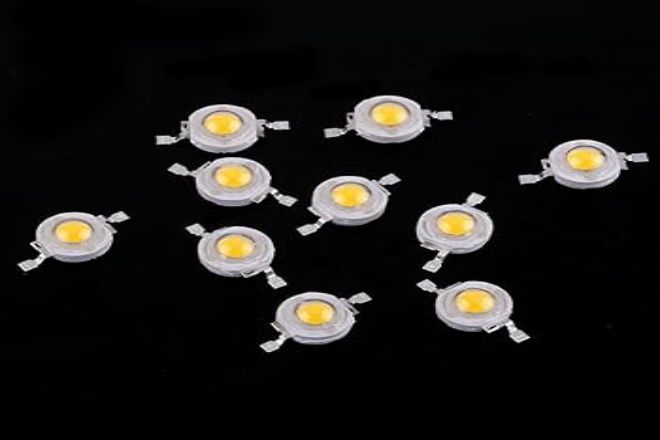
This kind of lamp bead is like a small sticker that can be directly attached to the circuit board. It has many models, such as 2835, 3528, 5050, etc. These numbers actually tell us the size of the lamp beads. For example, 2835 means that the width is 2.8mm and the length is 3.5mm. This kind of lamp bead is widely used in various electronic devices because of its small size and high brightness. If you want to use home lighting, the two models, 2835 and 3014, are very suitable because they are both energy-saving and suitable for home use.
There is also a kind of high-power LED lamp beads:
This kind of lamp bead is like a small “powerful light bulb” because it is very bright and powerful. It is usually used in places that need to be very bright, such as outdoor billboards, stadium lighting, etc. If you need bright lighting at home, you can also consider using this kind of lamp beads.
- Let’s take a look at the COB LED lamp beads:
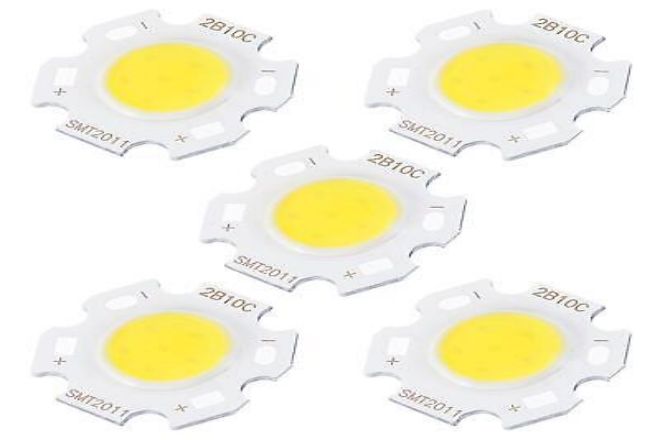
COB is actually the abbreviation of “Chip On Board,” which means that many LED chips are encapsulated together to form a large light source. The advantage of this design is that it can provide better lighting effects and higher lighting effects. Therefore, if you need even and bright lighting, COB LED lamp beads will be a good choice.
When choosing LED lamp beads, in addition to considering the type, it is also necessary to pay attention to their brightness, color temperature, life, energy efficiency, and other parameters, as well as brand reputation and after-sales service. At the same time, according to the specific application scenarios and requirements, select the appropriate lamp bead types and specifications.
Please note that with the continuous development of science and technology, the type and performance of LED lamp beads are also constantly updated and optimized.
Therefore, when purchasing, it is recommended to consult professionals or consult relevant materials for the latest product information and recommendations.
3. What are the specifications and technical details of the lamp beads provided by the supplier?
Suppliers provide the specifications and technical details of LED beads, which are very important to buyers. Even those who do not understand LED technology can understand it through the following detailed explanation.
First of all, let’s take a look at the specifications. The specifications are like the “ID card” of the lamp bead, which records its basic information.
Size: This is easy to understand, that is, the size of the lamp beads. For example, some lamp beads may be like a small bean, and some may be slightly larger. This size is usually expressed in the form of “length × width” in millimeters (mm)
Power: Power determines the brightness and energy consumption of the lamp beads. You can imagine it as the “eating amount” of the lamp beads. If you eat more (high power), the lamp beads will turn on, but at the same time, it may also consume more electricity. The common power is 0.06W, 0.2W, 1W, etc.
Voltage and current: These two are electrical parameters. You can simply understand how much “force” (voltage) and how much “water flow” (current) the lamp beads need to work properly.
Next, let’s take a look at the technical details. The technical details are more like the “inner character” of the lamp beads, which describes its performance characteristics.
Wavelength: This may be a little abstract, but you can imagine it as a “color code” of the light emitted by the lamp beads. Different wavelengths correspond to different colors.
Lumens: This is the unit that measures the brightness of the lamp beads. The higher the lumens value, the brighter the lamp beads will be. You can imagine that the lumen is the “brightness index” of lamp beads.
Light decay: This describes the phenomenon of brightness slowly declining after the lamp beads are used for a long time. The smaller the light decay, the longer the service life of the lamp beads.
Color temperature: This describes the color temperature of the lamp beads. You can imagine that the color temperature is the “warmth” or “coldness” of the lamp beads. For example, the warm-toned light makes people feel warm, while the cold-toned light looks refreshing.
Angle: This describes the angle at which the lamp beads glow. The larger the perspective, the wider the light range.
Encapsulation material: Encapsulation material is like the “coat” of lamp beads, protecting the internal structure of lamp beads. Different packaging materials will affect the durability and reliability of lamp beads.
Anti-static ability: Static electricity may cause damage to lamp beads. Lamp beads with strong anti-static ability can resist static interference and have a longer service life.
4. How to judge the quality of LED display beads
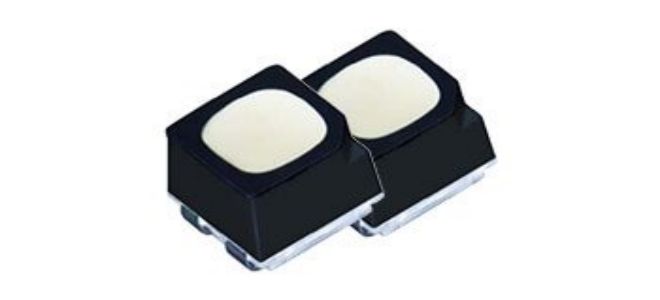
The life judgment of LED lamp beads involves many aspects, including the light-emitting efficiency attenuation, thermal management, current and voltage stability, lamp design quality, and use environment of lamp beads. These aspects will be explained in detail below:
- Luminous efficiency attenuation:
The life of LED lamp beads is usually expressed in L70 life; that is, after a certain use time, the luminous flute is attenuated to 70% of the original luminous flu. This is an important indicator for measuring the life of LED lamp beads. By measuring the luminous fold of LED beads at different points in time, their life can be calculated.
- Thermal management:
LED lamp beads are very sensitive to heat, and excessive temperature will reduce the life of LED lamp beads. Therefore, effective thermal management, including heat dissipation design, heat dissipation materials, and heat dissipation structure, is very important for extending the life of LED lamp beads.
- Current and voltage:
Appropriate current and voltage also play an important role in the life of LED lamp beads. Excessive or low current and voltage may cause damage or attenuation of the LED chip. Therefore, when choosing power supplies and drivers, it is necessary to ensure that they can provide stable current and voltage for LED lamp beads.
- Usage environment:
The use environment also affects the life of LED lamp beads. For example, using LED lamp beads in high temperature and high humidity environments will accelerate the aging and damage of LED lamp beads. Therefore, when choosing the use environment, it is necessary to consider its impact on the life of LED lamp beads.
In addition to the above factors, the life of LED lamp beads can also be evaluated through some experiments and test methods. For example, through aging testing, the performance changes of LED lamp beads under long-term use can be simulated to predict their life.
At the same time, some professional test equipment can also be used to measure the luminous flux, color temperature, color index, and other parameters of LED lamp beads to evaluate their performance and quality.
5. What is the industry standard for the quality of LED display beads?
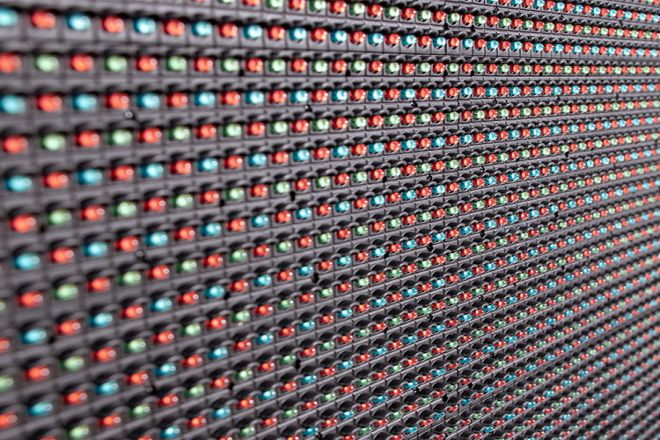
The industry standard for the quality of LED display beads is mainly to ensure the performance, safety, and reliability of lamp beads so as to ensure that users can enjoy a high-quality lighting experience when using them.
First of all, let’s talk about optical performance. Optical performance is like the “eyes” of lamp beads, which determine whether lamp beads can emit bright and clear light. The light effect refers to the ratio of the light emitted by the lamp beads to the energy consumed, just like what we call “saving electricity but not saving electricity.”
The light fold is a measure of the total amount of light emitted by the lamp beads, which determines how bright the lamp beads are. The color temperature is like the “color” of the lamp beads, which determines the color of the light, whether it is warm yellow or cold white.
The color rendering index is a measure of the ability of lamp beads to restore the true color of objects. It makes what we see more realistic and bright.
Next is the electrical performance. Electrical performance is like the “heart” of the lamp beads, which determines whether the lamp beads can work normally. The forward voltage and reverse current are the current and voltage needed for the lamp beads to work.
They must meet certain standards before the lamp beads can emit light. The power represents the energy consumption of the lamp beads, which determines the energy consumption of the lamp beads when they emit light.
Then, there is thermal performance. The lamp beads will generate heat when working. If the heat is not released in time, the lamp beads may be damaged.
Therefore, the thermal properties, such as the junction temperature and thermal resistance of the lamp beads, also need to meet the standards to ensure that the lamp beads can work normally in a high-temperature environment.
In addition, reliability is also an important aspect of measuring the quality of lamp beads. The life and light failure of the lamp bead determines how long it can be used and whether the light will gradually dim. Only lamp beads with long life and low light failure can ensure a long-term stable and bright lighting effect.
Of course, security cannot be ignored. When lamp beads are used, they must ensure the safety of users. Therefore, the insulation resistance and leakage current of lamp beads need to meet safety standards to prevent electrical accidents.
At the same time, waterproof, dustproof, and other performance standards also need to meet certain standards to ensure that the lamp beads can be used safely in various environments.
Finally, the lamp beads also need to be environmentally adaptable. This means that whether indoors or outdoors, whether at high or low temperatures, the lamp beads should be able to work normally and provide a stable lighting effect.
Conclusion
In fact, only by comprehensively considering these factors can we buy suitable LED display beads to ensure the stable operation and long-term benefits of the display.
If you want to know more about LED displays, please get in touch with us.

One Response
very good information